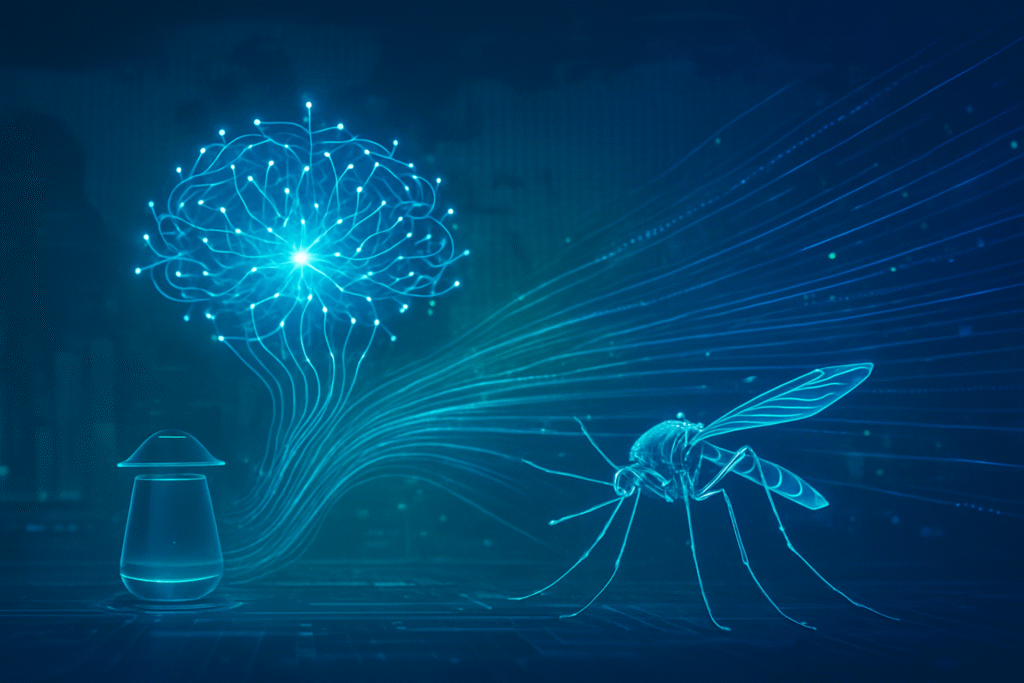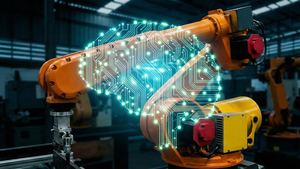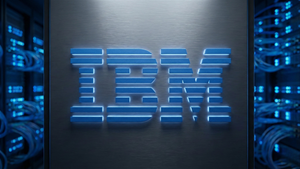
Newport News, VA – November 18, 2025 – A team of talented students from Christopher Newport University (CNU) has captured national attention, securing an impressive second place at the recent Hampton Roads Datathon. Their groundbreaking artificial intelligence (AI) prototype, dubbed "Mosquito Watch," promises to revolutionize mosquito surveillance and control, offering a proactive defense against mosquito-borne diseases. This achievement not only highlights the exceptional capabilities of CNU's emerging data scientists but also underscores the escalating importance of AI in addressing critical public health and environmental challenges.
The week-long Hampton Roads Datathon, a regional competition uniting university students, researchers, nonprofits, and industry partners, challenged participants to leverage data science for community benefit. The CNU team’s innovative "Mosquito Watch" system, developed just prior to its recognition around November 18, 2025, represents a significant leap forward in automating and enhancing the City of Norfolk's mosquito control operations, offering real-time insights that could save lives and improve city services.
Technical Brilliance Behind "Mosquito Watch": Redefining Surveillance
The "Mosquito Watch" AI prototype is a sophisticated, machine learning-based interactive online dashboard designed to analyze images collected by the City of Norfolk, accurately identify mosquito species, and pinpoint areas at elevated risk of mosquito-borne diseases. This innovative approach stands in stark contrast to traditional, labor-intensive surveillance methods, marking a significant advancement in public health technology.
At its core, "Mosquito Watch" leverages deep neural networks and computer vision technology. The CNU team developed and trained an AlexNet classifier network, which achieved an impressive accuracy of approximately 91.57% in predicting test images. This level of precision is critical for differentiating between various mosquito species, such as Culex quinquefasciatus and Aedes aegypti, which are vectors for diseases like West Nile virus and dengue fever, respectively. The system is envisioned to be integrated into Internet of Things (IoT)-based smart mosquito traps equipped with cameras and environmental sensors to monitor CO2 concentration, humidity, and temperature. This real-time data, combined with a unique mechanical design for capturing specific live mosquitoes after identification, is then uploaded to a cloud database, enabling continuous observation and analysis.
This automated, real-time identification capability fundamentally differs from traditional mosquito surveillance. Conventional methods typically involve manual trapping, followed by laborious laboratory identification and analysis, a process that is time-consuming, expensive, and provides delayed data. "Mosquito Watch" offers immediate, data-driven insights, moving public health officials from a reactive stance to a proactive one. By continuously monitoring populations and environmental factors, the AI can forecast potential outbreaks, allowing for targeted countermeasures and preventative actions before widespread transmission occurs. This precision prevention approach replaces less efficient "blind fogging" with data-informed interventions. The initial reaction from the academic community, particularly from Dr. Yan Lu, Assistant Professor of Computer Science and the team’s leader, has been overwhelmingly positive, emphasizing the prototype’s practical application and the significant contributions undergraduates can make to regional challenges.
Reshaping the AI Industry: A New Frontier for Innovation
Innovations like "Mosquito Watch" are carving out a robust and expanding market for AI companies, tech giants, and startups within the public health and environmental monitoring sectors. The global AI in healthcare market alone is projected to reach USD 178.66 billion by 2030 (CAGR 45.80%), with the AI for Earth Monitoring market expected to hit USD 23.9 billion by 2033 (CAGR 22.5%). This growth fuels demand for specialized AI technologies, including computer vision for image-based detection, machine learning for predictive analytics, and IoT for real-time data collection.
Tech giants like IBM Watson Health (NYSE: IBM), Google Health (NASDAQ: GOOGL), Microsoft (NASDAQ: MSFT), and NVIDIA (NASDAQ: NVDA) are exceptionally well-positioned to capitalize on this trend. Their extensive cloud infrastructure (Google Cloud, Microsoft Azure, Amazon Web Services (NASDAQ: AMZN)) can process and store the massive datasets generated by such solutions, while their substantial R&D budgets drive fundamental AI research. Furthermore, their existing consumer ecosystems (e.g., Apple (NASDAQ: AAPL) Watch, Fitbit) offer avenues for integrating public health features and leveraging wearables for continuous data collection. These companies can also forge strategic partnerships with public health agencies and pharmaceutical companies, solidifying their market presence globally.
Startups also find fertile ground in this emerging sector, attracting significant venture capital. Their agility allows them to focus on niche specializations, such as advanced computer vision models for specific vector identification or localized environmental sensor networks. While facing challenges like navigating complex regulatory frameworks and ensuring data privacy, startups that demonstrate clear return on investment (ROI) and integrate seamlessly with existing public health infrastructure will thrive. The competitive landscape will likely see a mix of consolidation, as larger tech companies acquire promising startups, and increased specialization. Early movers who develop scalable, effective AI solutions will establish market leadership, while access to high-quality, longitudinal data will become a core competitive advantage.
A Broader Lens: AI's Role in Global Health and Environmental Stewardship
The success of "Mosquito Watch" signifies a crucial juncture in the broader AI landscape, demonstrating AI's escalating role in addressing global health and environmental challenges. This initiative aligns with the growing trend of leveraging computer vision, machine learning, and predictive analytics for real-time monitoring and automation. Such solutions contribute to improved public health outcomes through faster and more accurate disease prediction, enhanced environmental protection via proactive management of issues like pollution and deforestation, and increased efficiency and cost-effectiveness in public agencies.
Compared to earlier AI milestones, which often involved "narrow AI" excelling at specific, well-defined tasks, modern AI, as exemplified by "Mosquito Watch," showcases adaptive learning from diverse, massive datasets. It moves beyond static analysis to real-time predictive capabilities, enabling proactive rather than reactive responses. The COVID-19 pandemic further accelerated this shift, highlighting AI's critical role in managing global health crises. However, this progress is not without its concerns. Data privacy and confidentiality remain paramount, especially when dealing with sensitive health and environmental data. Algorithmic bias, stemming from incomplete or unrepresentative training data, could perpetuate existing disparities. The environmental footprint of AI, particularly the energy consumption of training large models, also necessitates the development of greener AI solutions.
The Horizon: AI-Driven Futures in Health and Environment
Looking ahead, AI-driven public health and environmental monitoring solutions are poised for transformative developments. In the near term (1-5 years), we can expect enhanced disease surveillance with more accurate outbreak forecasting, personalized health assessments integrating individual and environmental data, and operational optimization within healthcare systems. For environmental monitoring, real-time pollution tracking, advanced climate change modeling with refined uncertainty ranges, and rapid detection of deforestation will become more sophisticated and widespread.
Longer term (beyond 5 years), AI will move towards proactive disease prevention at both individual and societal levels, with integrated virtual healthcare becoming commonplace. Edge AI will enable data processing directly on remote sensors and drones, crucial for immediate detection and response in inaccessible environments. AI will also actively drive ecosystem restoration, with autonomous robots for tree planting and coral reef restoration, and optimize circular economy models. Potential new applications include hyper-local "Environmental Health Watch" platforms providing real-time health risk alerts, AI-guided autonomous environmental interventions, and predictive urban planning for health. Experts foresee AI revolutionizing disease surveillance and health service delivery, enabling the simultaneous uncovering of complex relationships between multiple diseases and environmental factors. However, challenges persist, including ensuring data quality and accessibility, addressing ethical concerns and algorithmic bias, overcoming infrastructure gaps, and managing the cost and resource intensity of AI development. The future success hinges on proactive solutions to these challenges, ensuring equitable and responsible deployment of AI for the benefit of all.
A New Era of Data-Driven Public Service
The success of the Tech-Saavy CNU Team at the Hampton Roads Datathon with their "Mosquito Watch" AI prototype is more than just an academic achievement; it's a powerful indicator of AI's transformative potential in public health and environmental stewardship. This development underscores several key takeaways: the critical role of interdisciplinary collaboration, the capacity of emerging data scientists to tackle real-world problems, and the urgent need for innovative, data-driven solutions to complex societal challenges.
"Mosquito Watch" represents a significant milestone in AI history, showcasing how advanced machine learning and computer vision can move public services from reactive to proactive, providing actionable insights that directly impact community well-being. Its long-term impact could be profound, leading to more efficient resource allocation, earlier disease intervention, and ultimately, healthier communities. As AI continues to evolve, we can expect to see further integration of such intelligent systems into every facet of public health and environmental management. What to watch for in the coming weeks and months are the continued development and pilot programs of "Mosquito Watch" and similar AI-driven initiatives, as they transition from prototypes to deployed solutions, demonstrating their real-world efficacy and shaping the future of data-driven public service.
This content is intended for informational purposes only and represents analysis of current AI developments.
TokenRing AI delivers enterprise-grade solutions for multi-agent AI workflow orchestration, AI-powered development tools, and seamless remote collaboration platforms.
For more information, visit https://www.tokenring.ai/.






